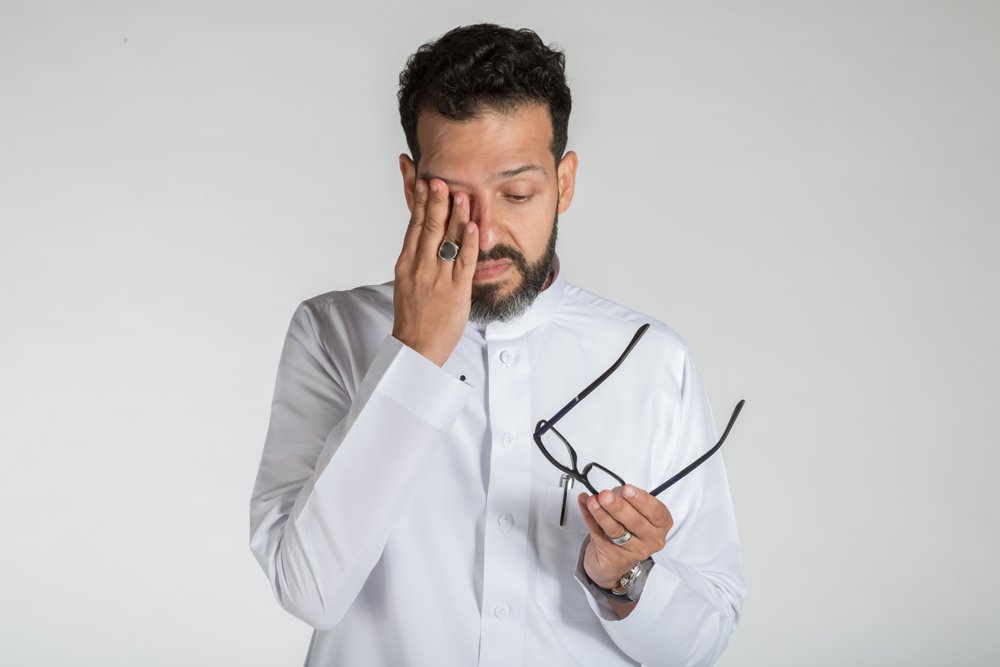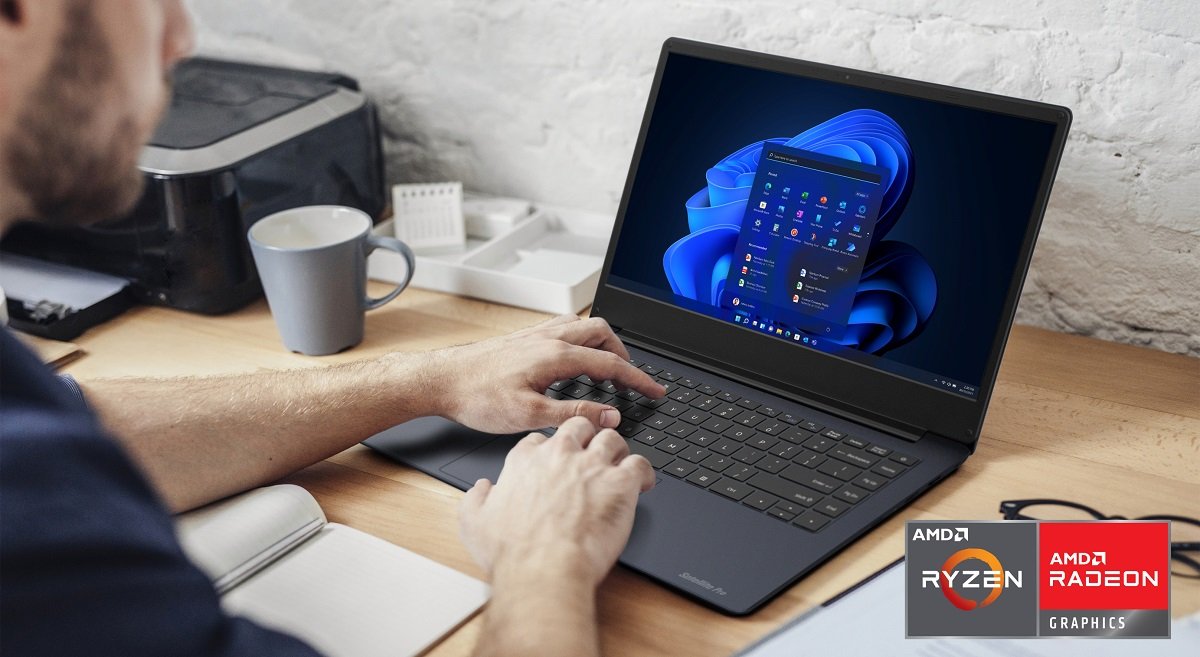Alexander Malienko, Business Unit Director – Middle East and Africa, Dynabook Europe GmbH, speaks on how long screen time affects our vision and how to balance it without affecting our eyes.
Blue light is a natural part of life and has a definite positive effect on humans. For example, it wakes us up in the morning, and improves our mood and cognitive functions, which allow us to perceive the world, respond adequately to stimuli, and manage various tasks. In a natural environment, we have just enough of it to serve us well.
On the other hand, people have never been exposed to as much blue light as they are today, because electronic displays are also a significant source of blue light. According to one study from 2020, people now spend an average of an almost unbelievable 13 hours in front of their monitor, phone and TV screens. On a typical day, that means we’re only three to four hours without intense blue light exposure during the day. The pandemic and the associated quarantines and lockdowns have no doubt contributed to this state of affairs. All this also entails a potentially significant threat to our eyesight, as the human eye cannot cope with blue light and too much of it damages the eyes.
Children and young people are the most vulnerable
Compared to UV radiation, which the cornea and lens of the eye can filter out with almost 100% efficiency, up to about 65% of the blue light reaching the retina of children reaches the eyes. In older people, this is less. Excessive exposure to blue light causes, for example, drying and consequently itchy and painful eyes, but also, for example, sleep disturbances, headaches or blurred vision. Children are the most vulnerable, as their developing eyes have the lowest ability to filter blue light, and they tend to hold devices closer to their eyes, increasing the amount of danger.
The heaviest workload is in the office, employers can help
As people working in offices are exposed to blue light during working hours, employers also have a certain amount of responsibility in this respect. IT and HR managers should consider whether it is a good time to equip employees with some of the possible eye protection devices. In addition to health considerations, the above-mentioned effects of blue light exposure can cause fatigue and reduced employee efficiency.
The part technology can play in the solution, not the problem
While tech brands may not be able to influence usage patterns and needs, we do have a certain shared responsibility to work towards developing solutions within the products themselves that counteract the negative effects of blue light, whether this be via a special display, filter, or software solution. Here are some examples of solutions that have been created today:
- Special display with blue light filtration: From the user’s point of view, the simplest and most effective way to filter blue light is a display that can reduce the intensity of high-energy blue light automatically without negatively impacting the colour rendering of the image. This is the direction that Dynabook Portégé X40L-K is heading in, equipped with a special IPS Eyesafe-certified display. This solves blue light filtering automatically without the user having to think about it, making viewing more eye-friendly and enjoyable. As a manufacturer of professional laptops whose users look at displays throughout the day, we want to focus on implementing Eyesafe-certified displays in other devices in the future, including the laptops we design and optimize for study purposes.
- Filter: the vast majority of displays sold today cannot suppress blue light, however for them, a special filter is available. Desktop monitors, laptops and phones can be equipped with separately sold films that reduce glare while limiting the amount of blue light that passes through. Most of these filters, which can be found for a particular display diagonal or phone model, are designed to be applied directly to the display once, and for mobile phones these filters can also act as a protective device to reduce the risk of the display breaking if dropped.
- Glasses: Special glasses, often sold as “computer glasses”, can also perform a similar function of suppressing the amount of blue light passing through. When purchasing these, it is a good idea to check the parameters for the presence of a blue light filter.
- Software solutions: Blue light can also be eliminated by software, but this method brings with it a colour change that is usually neither desirable nor pleasant.
- Overall: From a health point of view, it is a good idea to set the brightness level of the display only to the level needed (not the maximum) and not to watch a display emitting blue light in the dark. It is better to at least turn on a lamp when working with your computer or phone in the evening.
Never have people been exposed to blue light to such a large extent as in recent times. Better than dealing with irreversible consequences is to focus on prevention.










